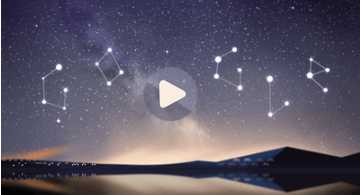Perseids Google Doodle: Perseid Meteor Shower 2014 Celebrated In New Video

With the dazzling Perseid meteor shower about to peak Tuesday, Google is celebrating the annual stargazing event with a quick video featuring plenty of shooting stars.

The Perseids Google Doodle features Google spelled out in a constellation of stars, followed by a series of images depicting meteors shooting across the night sky. When the video ends, the Doodle directs the user to a search for the Perseid meteor shower. The Perseids peak tonight and, even with the bright, waning moon, NASA expects a rate of 30 to 40 meteors per hour.
The Perseids became active in late July, starting out with relatively few meteors vs. how many can be seen during the peak. The Northern Hemisphere has the best viewing location for the Perseids while some parts of the Southern Hemisphere will be able to view the meteor shower but at a reduced rate. Best way to see them? Find a dark place, away from abient light, and let your eyes get adjusted before looking for meteors. Pre-dawn hours, 3 a.m. to 4 a.m, will yield the highest number of Perseid meteors. And even for stargazers living in a major city, there are plenty of options for viewing the Perseids' peak on Tuesday.
To view the meteor shower, it is recommended to look northeast toward the constellation of Perseus. The meteoroids will look like they're coming from the constellation, but the debris trail left behind by comet Swift-Tuttle is actually responsible for the August event.
© Copyright IBTimes 2024. All rights reserved.






















